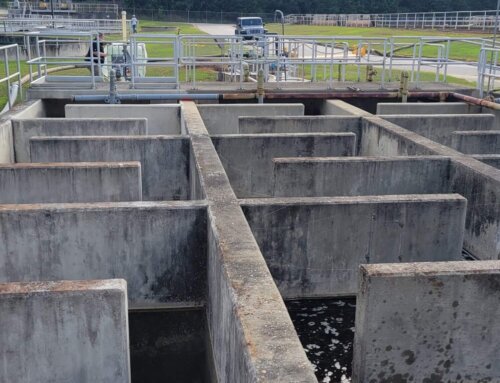In civil engineering, traffic signal control involves advanced timing algorithms, sensors, and communications. This form of transportation management continually evolves and civil engineers work hard to keep current with the emerging trends. While the new traffic technology has improved efficiency within roadway networks, these infrastructures need to be properly designed, installed, and maintained.
It is imperative to realize that traffic signals bring order to roadways by assigning the right-of-way at highways or intersecting streets. Failure to implement such controls would lead to chaos and delays on the road.
In this regard, let’s examine how traffic signal cycles are determined and what patterns are used.
Traffic Signal Patterns and Sequence Explained
- Red – When this light comes on, it is an indicator for all road users to stop and queue. It applies to everybody, cyclists included. In the US, some red lights are fixed with red light enforcement cameras to capture road users who run them.
- Green – The green light is an indicator the motorist can proceed. Always remember it is important to first examine the road to see if it’s actually clear.
- Yellow – The solid yellow light dictates that all road users should be prepared to stop unless it’s not safe to do so. Drivers can legally clear an intersection during the solid yellow portion of the cycle.
Traffic Signal Timing
In traffic signal timing, civil engineers have to determine the sequence of operation to understand how to assign green time at an intersection, while taking into account time for pedestrians to cross.
Some of the fundamentals involved in traffic signal timing include:
Cycle Length
In traffic engineering, the cycle length is the total amount of time needed to complete all traffic signal phases at the intersection before resetting to the start point.. Factors such as the volume of traffic determine the cycle length. During traffic signal timing, a traffic engineer determines the most optimum traffic cycle length for efficiency. A traffic signals’ cycle length should typically range somewhere between one and three minutes.
Split
Split refers to the time that is allocated to a specific movement (phase) at an intersection—the green time plus the clearance intervals, yellow and red, included. When traffic engineers are calculating clearance interval time, they take into account the width of the intersection, speed limits, acceleration rates, and intersection grades.
Pre-timed Versus Actuated
In civil engineering, pre-timed signals involve a process that takes into account the volume of observed traffic to pre-determine splits and sequence of operation. These types of signals are popular in downtown grid locations and one-way streets where it is difficult to maintain the inductance detection loop. Pre-timed signals may vary at different times of the day depending on the observed traffic and these can be set up in the signal controller.
On the other hand, actuated signal timings include fully-actuated or semi-actuated. In fully-actuated programming, sensors detect approach from all approaches, while in semi-automated, they only detect approach from specific approaches.
Coordination
The process of signal timing is commonly implemented on two types of intersections — coordinated and isolated intersections. In the isolated intersection, the timing works independently without affecting other intersections in surrounding areas.
On the other hand, in the coordinated system, a change in one intersection affects the upstream and downstream intersections. This kind of signal coordination is done on a time-of-the-day and day-of-week basis taking into account peak and off-peak hours and inbound and outbound traffic.
Detection
Detection systems come in handy in actuated timing signals and employ different methods to detect vehicles’ approach. Some of the methods include video detection, sub pavement electronic pucks, inductive loop detectors, and radar.
The most commonly used method is the inductive loop detectors. They include wiring placed in saw cuts in the pavement and connected to the traffic cabinet. As a vehicle approaches the loops, a detection card registers a change in the magnetic field that flows through the wiring, hence, detection.
Software
Software is the “brain” of the traffic signal controller. It runs the programs, processes information received from the intersection, and produces commands accordingly. Always remember, the software will work as per the coding instructions programmed by the designer.
TMC and Incident Management
In advanced traffic systems, the signal systems are interconnected by the use of optic fibers and other communications methods such as cellular networks to a local management center. From these centers, traffic can be controlled and monitored remotely. The same software running all the operations on the traffic cabinet is also set up on the computers at traffic management centers.
To learn more about the methodology used at Keck & Wood for traffic signal control for optimum efficiency, contact us.







Leave A Comment